Home>Furniture & Design>Outdoor Furniture>How To Paint Metal Outdoor Furniture
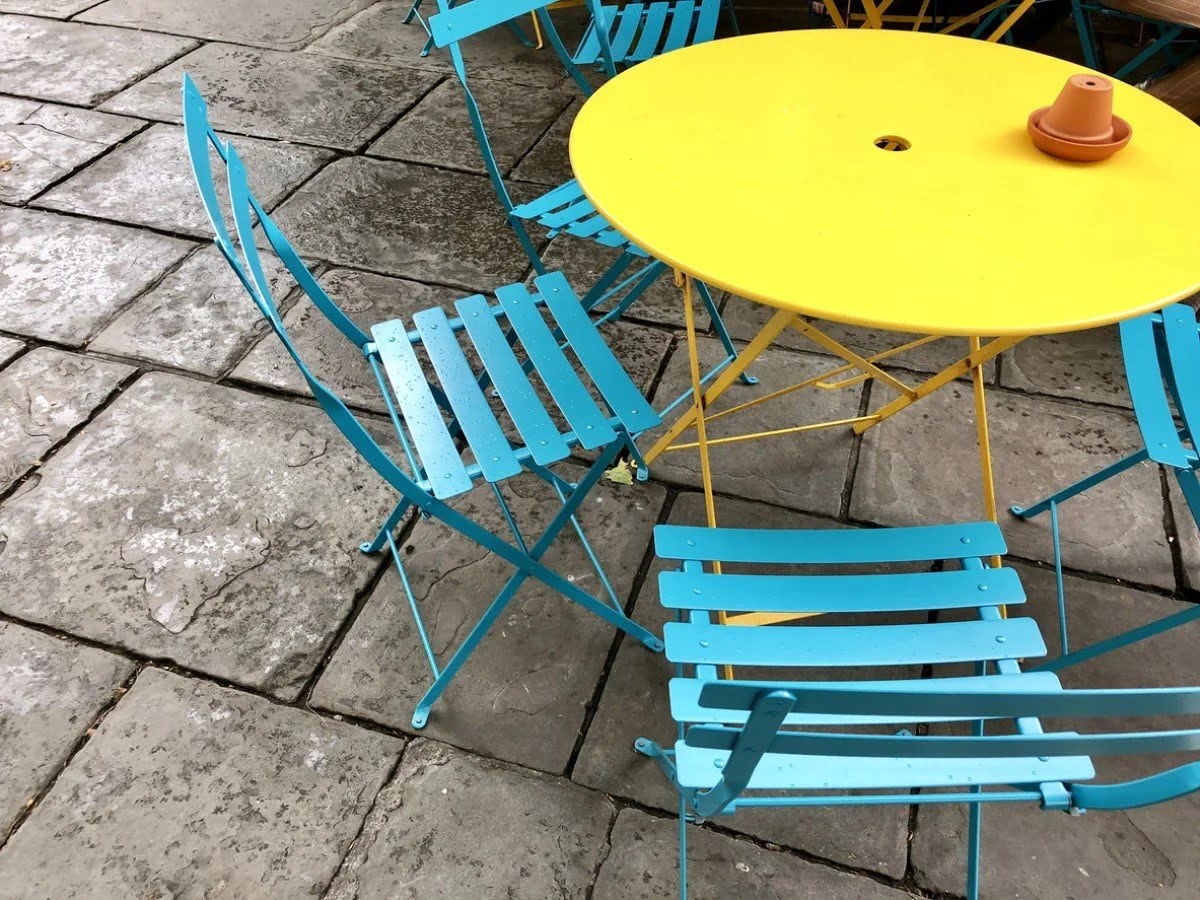

Outdoor Furniture
How To Paint Metal Outdoor Furniture
Published: January 15, 2024
Learn how to paint metal outdoor furniture and give it a fresh new look. Our expert tips will help you transform your outdoor space. Discover the best techniques for outdoor furniture design.
(Many of the links in this article redirect to a specific reviewed product. Your purchase of these products through affiliate links helps to generate commission for Storables.com, at no extra cost. Learn more)
Introduction
Welcome to the world of outdoor furniture design and care! Whether you're a seasoned DIY enthusiast or a newcomer to the realm of furniture renovation, painting metal outdoor furniture can breathe new life into your beloved pieces, transforming them into stunning focal points for your outdoor spaces. With the right tools, techniques, and a touch of creativity, you can revitalize weathered, worn-out furniture, infusing your outdoor oasis with a fresh and vibrant aesthetic.
Revamping metal outdoor furniture through painting offers a multitude of benefits. Not only does it allow you to personalize your pieces to suit your unique style and preferences, but it also provides an opportunity to protect them from the elements, extending their lifespan and enhancing their durability. Furthermore, undertaking a furniture painting project can be a fulfilling and rewarding endeavor, allowing you to unleash your creativity and craftsmanship while achieving stunning results.
In this comprehensive guide, we will delve into the art of painting metal outdoor furniture, covering everything from selecting the right paint and preparing the furniture to applying the primer, executing the painting process, and adding the finishing touches. Additionally, we will explore essential maintenance practices to ensure the longevity of your newly rejuvenated furniture.
So, roll up your sleeves, gather your supplies, and let's embark on a transformative journey to breathe new life into your metal outdoor furniture! Whether you're aiming for a sleek modern look, a rustic vintage charm, or a bold pop of color, this guide will equip you with the knowledge and inspiration to elevate your outdoor space with freshly painted furniture. Let's dive in and unleash your creativity!
Key Takeaways:
- Revitalize worn-out metal outdoor furniture with the right paint, creating a personalized and durable finish that enhances your outdoor space’s aesthetic appeal and longevity.
- Thoroughly prepare, prime, and paint your metal outdoor furniture for a stunning transformation, then maintain its beauty with regular cleaning and protective finishes.
Read more: How To Paint Outdoor Metal Furniture
Choosing the Right Paint
When it comes to painting metal outdoor furniture, selecting the right paint is crucial for achieving a professional finish and ensuring long-lasting results. With a myriad of paint options available, it’s essential to consider factors such as durability, weather resistance, and aesthetic appeal.
1. Rust-Resistant Paint: Opt for a high-quality paint specifically formulated for metal surfaces. Look for paints labeled as rust-resistant or designed for outdoor use, as they are engineered to withstand the elements and prevent corrosion, ensuring the longevity of your furniture.
2. Spray Paint vs. Brush-On Paint: While both spray paint and brush-on paint can be used for metal furniture, each application method offers distinct advantages. Spray paint provides a smooth, even finish and is ideal for intricate designs and hard-to-reach areas. On the other hand, brush-on paint allows for greater control and precision, making it suitable for detailed touch-ups and smaller projects.
3. Color Selection: Consider the overall aesthetic of your outdoor space and choose a paint color that complements your existing decor or adds a striking contrast. Neutral tones such as black, white, and gray exude a timeless elegance, while vibrant hues like teal, coral, or sunny yellow can inject a playful and inviting atmosphere.
4. Finish Options: Paints are available in various finishes, including matte, satin, semi-gloss, and high-gloss. The choice of finish can significantly impact the visual appeal of your furniture. For a modern, understated look, opt for a matte or satin finish. If you desire a lustrous, eye-catching appearance, a semi-gloss or high-gloss finish may be more suitable.
5. Environmental Considerations: Be mindful of the environmental impact of the paint you choose. Look for low-VOC (volatile organic compound) or eco-friendly options to minimize harmful emissions and promote eco-conscious practices.
By carefully considering these factors and selecting a paint that aligns with your design vision and practical requirements, you can set the stage for a successful furniture painting project that enhances the beauty and resilience of your outdoor furniture.
Preparing the Furniture
Before diving into the painting process, thorough preparation of the metal outdoor furniture is essential to ensure optimal adhesion and a flawless finish. Proper preparation involves cleaning the surfaces, removing any existing paint or rust, and creating a smooth canvas for the new paint application.
1. Cleaning: Begin by cleaning the furniture to eliminate dirt, grime, and any residual contaminants. Use a mild detergent or a specialized metal cleaner and a sponge or soft brush to scrub the surfaces thoroughly. Rinse the furniture with water and allow it to dry completely before proceeding.
2. Removing Rust and Flaking Paint: If the furniture exhibits signs of rust or flaking paint, it’s crucial to address these issues before painting. Use a wire brush, sandpaper, or a chemical rust remover to eliminate rust spots and loose paint. Smooth out any rough patches or imperfections to create a uniform surface.
3. Sanding: After removing rust and old paint, lightly sand the entire surface of the furniture to promote paint adhesion. Use fine-grit sandpaper to smooth out any remaining rough areas and create a slightly rough texture on the metal, which will help the new paint bond effectively.
4. Surface Primer: Consider applying a metal primer to further enhance adhesion and corrosion resistance. Choose a high-quality metal primer designed for outdoor use and follow the manufacturer’s instructions for application. Primer provides an additional layer of protection and promotes the longevity of the paint job.
5. Surface Protection: If there are any areas of the furniture that you do not wish to paint, such as hardware or embellishments, ensure they are adequately masked off using painter’s tape and plastic sheeting to prevent accidental paint application.
By meticulously preparing the metal outdoor furniture, you establish a solid foundation for the subsequent painting process, ensuring that the new paint adheres flawlessly and withstands the rigors of outdoor exposure. This preparatory phase sets the stage for a successful and enduring furniture transformation.
Before painting metal outdoor furniture, make sure to clean the surface thoroughly with a wire brush and soapy water to remove any rust or dirt. Then, apply a metal primer before painting to ensure better adhesion and long-lasting results.
Applying the Primer
Once the metal outdoor furniture is thoroughly cleaned and prepared, the application of a high-quality primer is a crucial step in the painting process. A primer serves as a foundation for the paint, enhancing adhesion, promoting even coverage, and providing an additional layer of protection against corrosion and weathering.
1. Choosing the Right Primer: Select a primer specifically formulated for metal surfaces and outdoor use. Look for a rust-inhibiting primer that offers excellent adhesion and corrosion resistance. Consider the compatibility of the primer with the type of paint you intend to use to ensure optimal performance.
2. Application Method: Depending on the size and intricacy of the furniture, you can apply the primer using a brush, roller, or spray gun. For intricate details and hard-to-reach areas, a brush may offer greater control, while a roller can expedite the priming process for larger surface areas. Spray application provides a smooth, even coat and is ideal for intricate designs and intricate furniture profiles.
3. Even Coverage: Apply the primer evenly across the entire surface of the furniture, ensuring that all areas are adequately coated. Pay attention to crevices, joints, and intricate details to guarantee comprehensive coverage and optimal adhesion of the paint layer that follows.
4. Drying Time and Sanding: Allow the primer to dry completely according to the manufacturer’s recommended drying time. Once dry, lightly sand the primed surface with fine-grit sandpaper to smooth out any imperfections and create a uniform texture for the subsequent paint application.
5. Additional Coats: Depending on the condition of the furniture and the type of primer used, you may need to apply multiple coats to achieve the desired level of coverage and protection. Follow the primer manufacturer’s guidelines regarding recoating intervals and the number of recommended coats.
By diligently applying a high-quality primer, you establish a solid foundation for the paint, ensuring enhanced durability, weather resistance, and a professional finish. The primer acts as a protective barrier, fortifying the metal furniture against the elements and setting the stage for the transformative application of paint.
Painting the Furniture
With the metal outdoor furniture meticulously prepared and primed, it’s time to unleash your creativity and bring your design vision to life through the application of paint. Whether you’re aiming for a sleek monochromatic look, a vibrant burst of color, or an artistic blend of hues, the painting process offers an opportunity to infuse your outdoor space with personality and style.
1. Choosing the Right Conditions: Select a day with mild temperatures and low humidity to ensure optimal paint application and drying. Avoid painting in direct sunlight, as this can cause the paint to dry too quickly, leading to uneven coverage and potential adhesion issues.
2. Application Method: Depending on your preference and the intricacy of the furniture, you can opt for spray painting, brush application, or a combination of both. Spray painting offers a smooth, even finish and is ideal for large, flat surfaces, while brush application allows for greater control over details and intricate areas.
3. Even and Thin Coats: Apply the paint in thin, even coats to achieve a smooth and professional finish. Avoid overloading the furniture with thick layers of paint, as this can lead to drips, uneven drying, and a less durable final result. Allow each coat to dry completely before applying the next one, following the manufacturer’s recommended drying times.
4. Overlapping Strokes: When using a brush, employ overlapping strokes to ensure consistent coverage and minimize brush marks. For spray painting, maintain a steady, sweeping motion, overlapping each pass slightly to guarantee uniform paint distribution.
5. Detail Work: Pay close attention to intricate details, edges, and hard-to-reach areas, ensuring that they receive adequate paint coverage. Take your time to achieve precise and thorough application, as these details contribute to the overall visual impact of the painted furniture.
6. Drying and Curing: Once the final coat of paint is applied, allow the furniture to dry and cure according to the paint manufacturer’s instructions. Avoid subjecting the freshly painted furniture to heavy use or exposure to harsh weather conditions until the paint has fully cured to ensure the longevity of the finish.
By approaching the painting process with care and attention to detail, you can elevate your metal outdoor furniture into stunning focal points for your outdoor space, infusing it with your unique style and enhancing its resilience against the elements. Whether you opt for a classic, understated look or a bold, eye-catching aesthetic, the painting phase is where your vision comes to life, transforming your outdoor furniture into captivating works of art.
Finishing Touches and Maintenance
As you admire the freshly painted metal outdoor furniture, it’s essential to complete the transformation with thoughtful finishing touches and establish a maintenance routine to preserve the beauty and integrity of the newly rejuvenated pieces.
1. Sealant or Protective Finish: Consider applying a clear sealant or protective finish designed for outdoor use to safeguard the paint and enhance its longevity. A protective finish can provide an additional layer of defense against UV rays, moisture, and general wear and tear, prolonging the vibrancy and durability of the paint job.
2. Reassembly and Positioning: If the furniture was disassembled for painting, carefully reassemble it, ensuring that all components are securely fastened. Position the furniture in its designated outdoor space, taking care to avoid dragging or scraping it against abrasive surfaces that could damage the newly painted finish.
3. Regular Cleaning: Establish a routine for regular cleaning and maintenance to preserve the pristine appearance of the painted furniture. Use a mild detergent and water to gently clean the surfaces, removing dust, pollen, and other debris. Avoid abrasive cleaners or scrubbing tools that could compromise the paint finish.
4. Inspection and Touch-Ups: Periodically inspect the furniture for signs of wear, chipping, or damage to the paint. Address any areas in need of touch-ups promptly to prevent the progression of wear and maintain the overall aesthetic appeal of the furniture.
5. Seasonal Protection: During inclement weather or extended periods of non-use, consider providing additional protection for the furniture, such as covering it with a weather-resistant tarp or storing it in a sheltered area. This precaution can mitigate exposure to harsh elements and prolong the lifespan of the paint finish.
6. Refreshing the Finish: Over time, the painted furniture may benefit from a refreshing coat of paint to revitalize its appearance and reinforce its protective properties. By periodically refreshing the finish, you can uphold the allure and resilience of the furniture, ensuring that it continues to enhance your outdoor space for years to come.
By attending to these finishing touches and implementing a proactive maintenance regimen, you can safeguard the investment of time and creativity poured into the revitalization of your metal outdoor furniture. With proper care and attention, your painted furniture will continue to enrich your outdoor environment, serving as a testament to your craftsmanship and design flair.
Frequently Asked Questions about How To Paint Metal Outdoor Furniture
Was this page helpful?
At Storables.com, we guarantee accurate and reliable information. Our content, validated by Expert Board Contributors, is crafted following stringent Editorial Policies. We're committed to providing you with well-researched, expert-backed insights for all your informational needs.
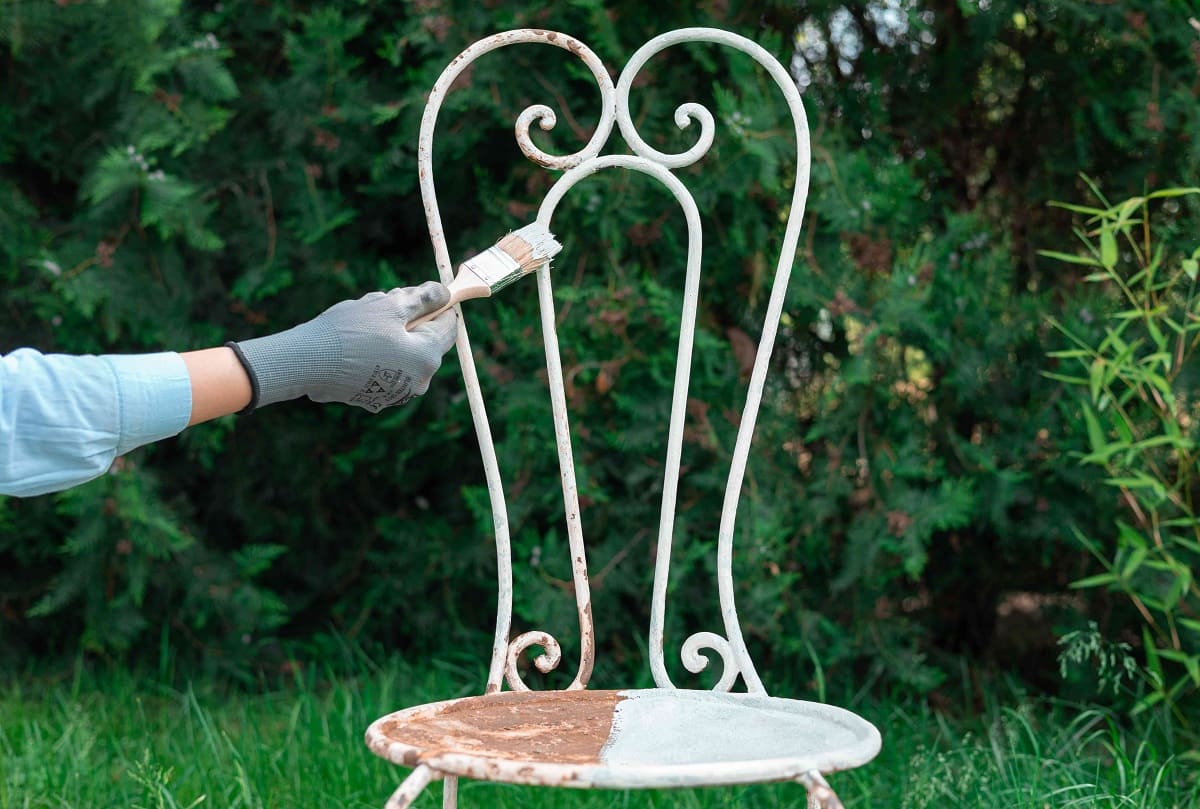
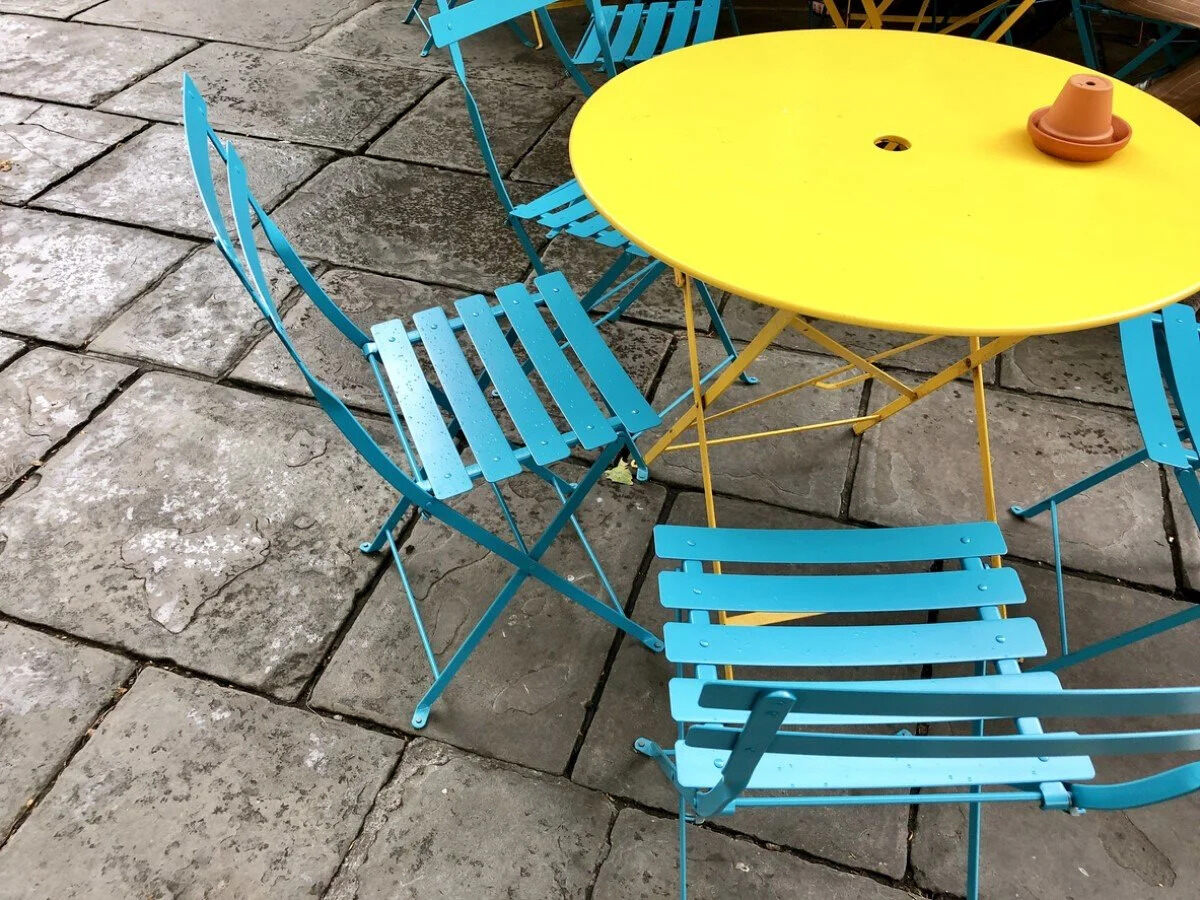
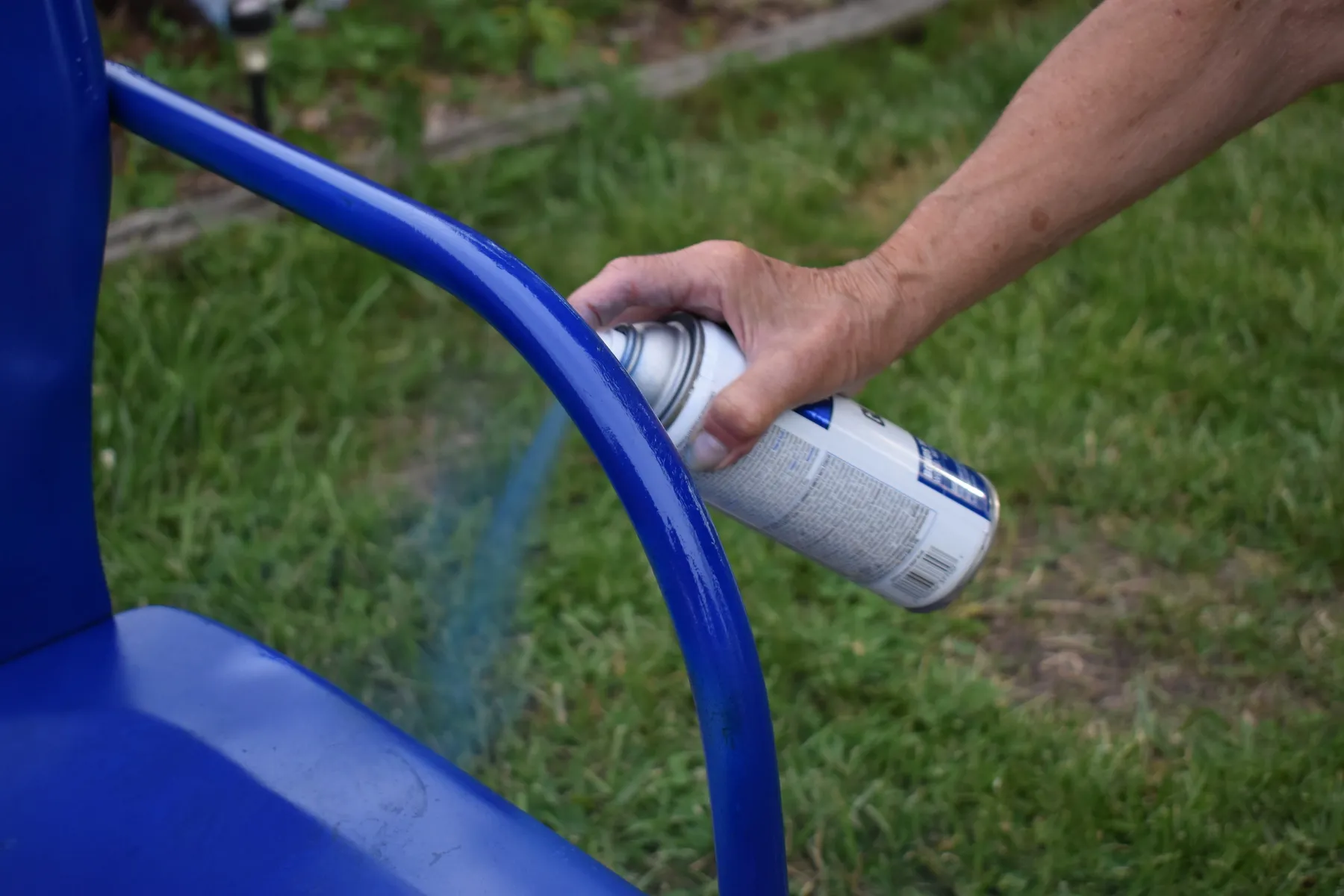
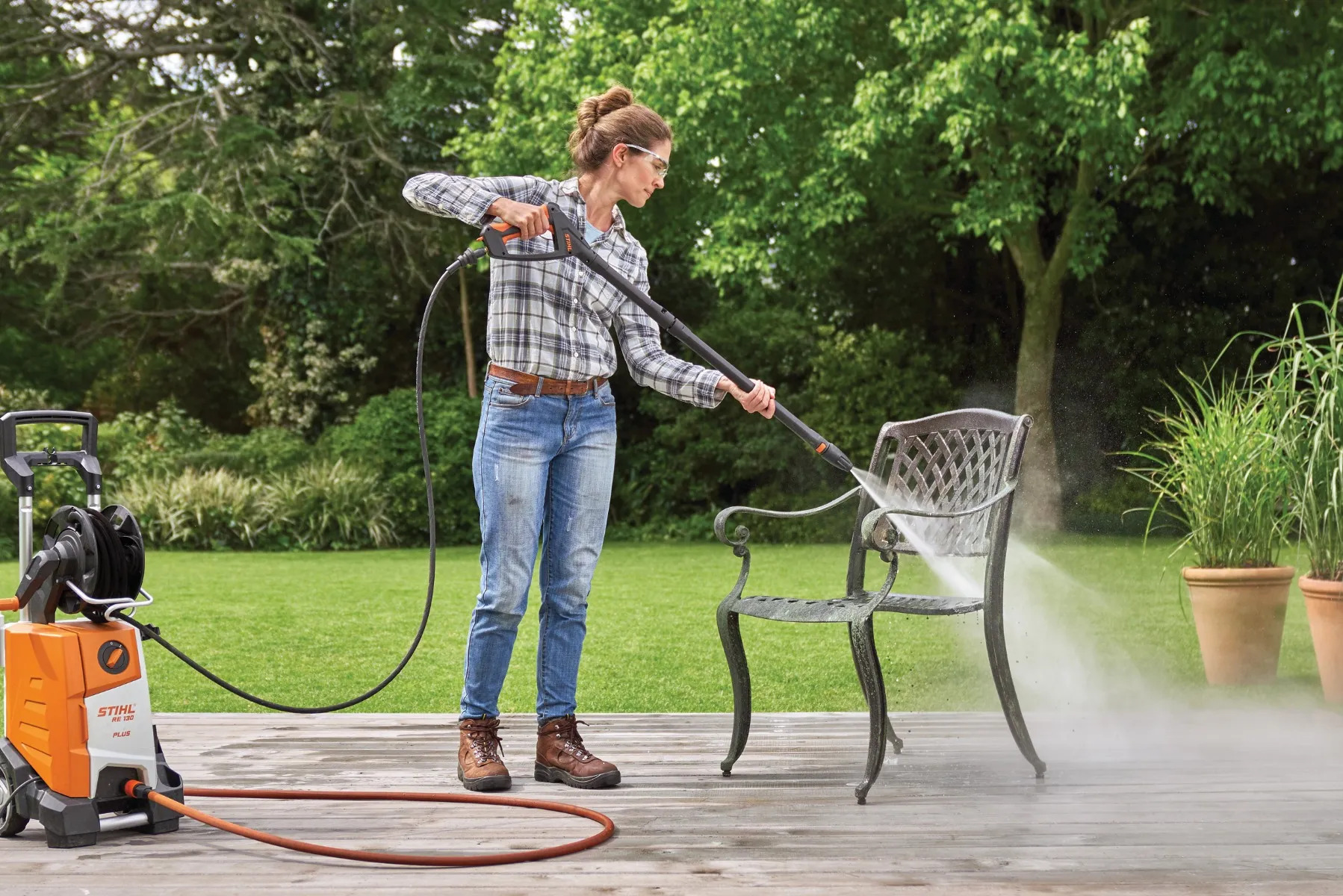
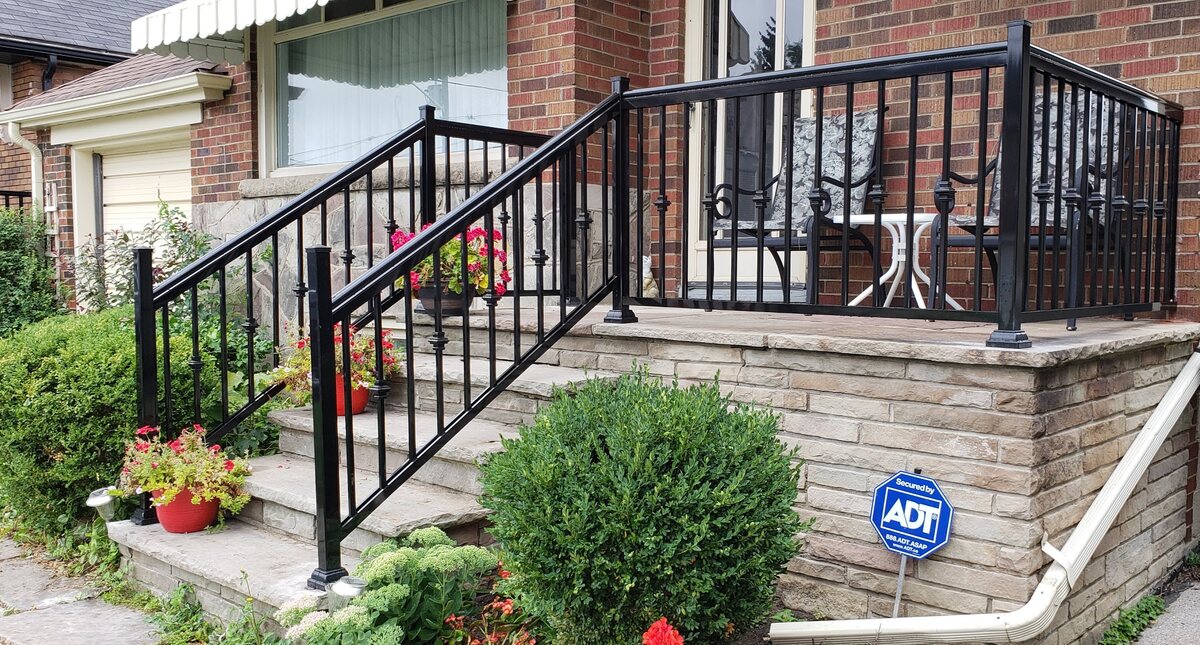
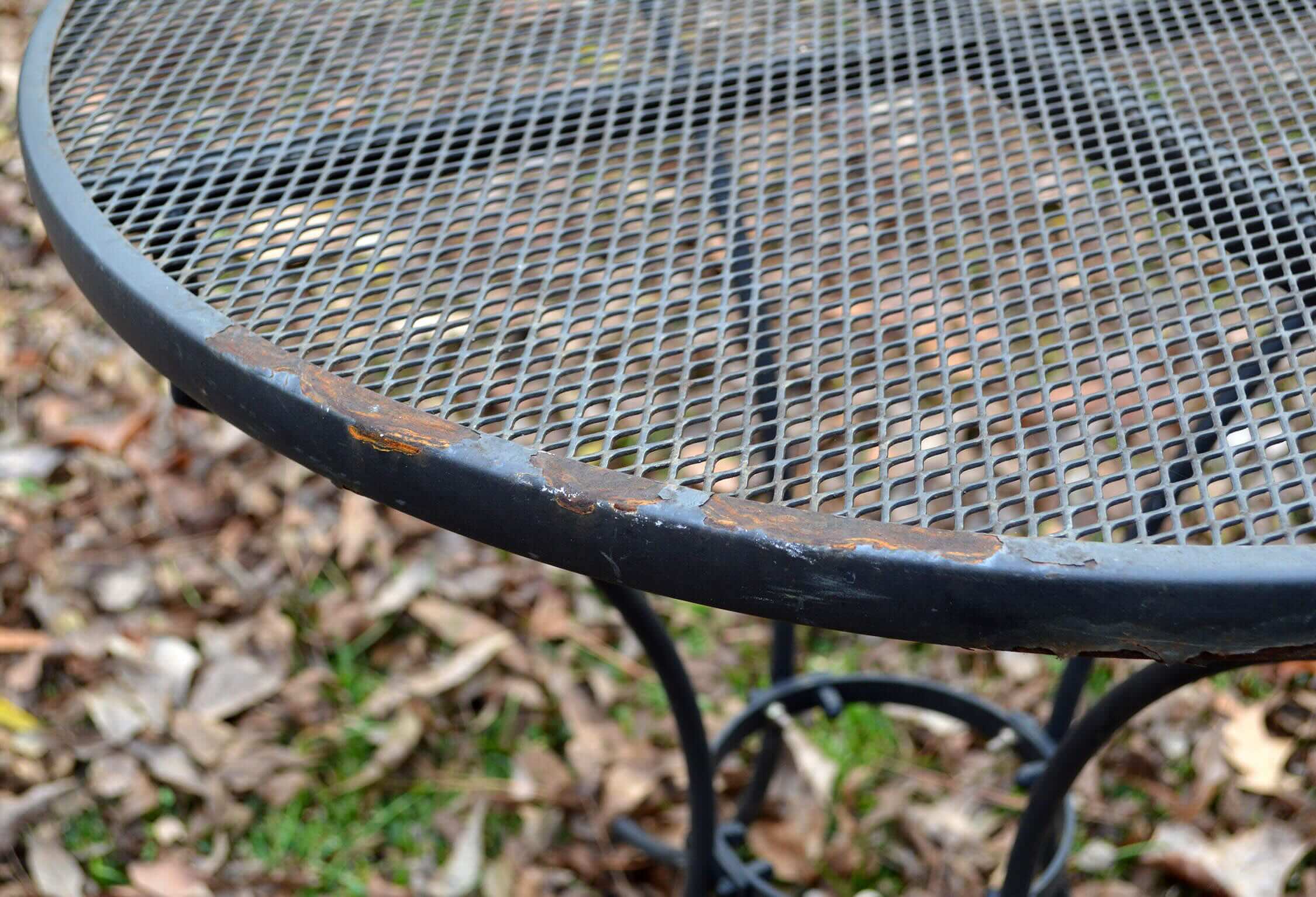
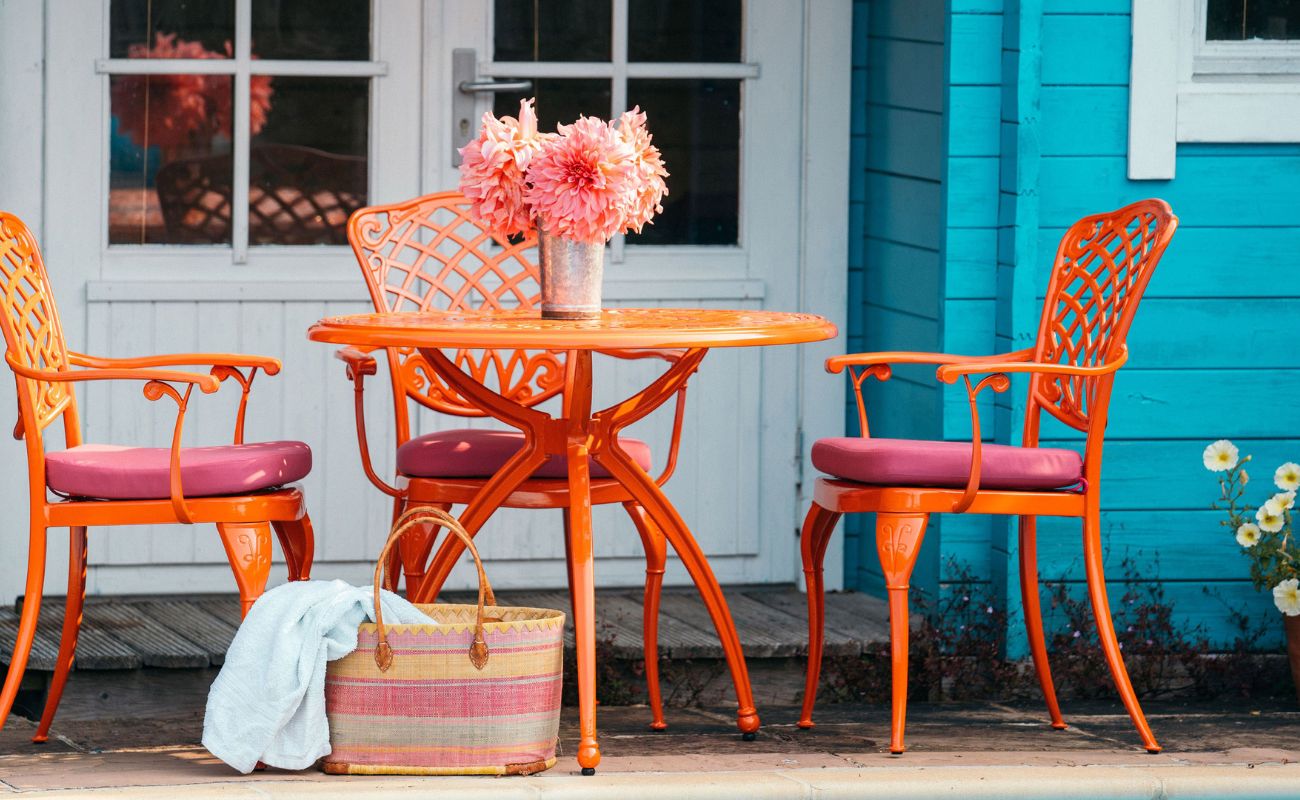
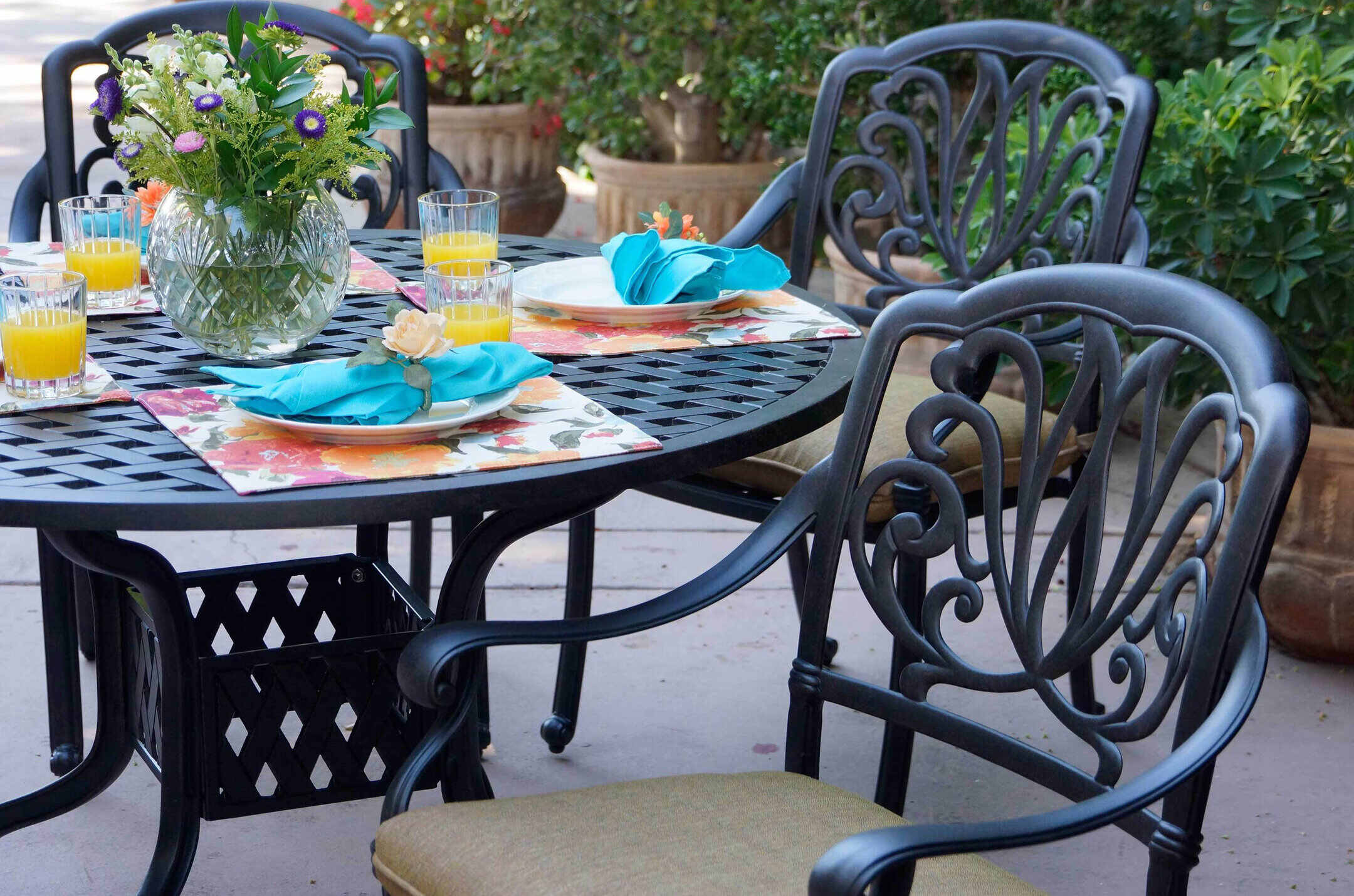
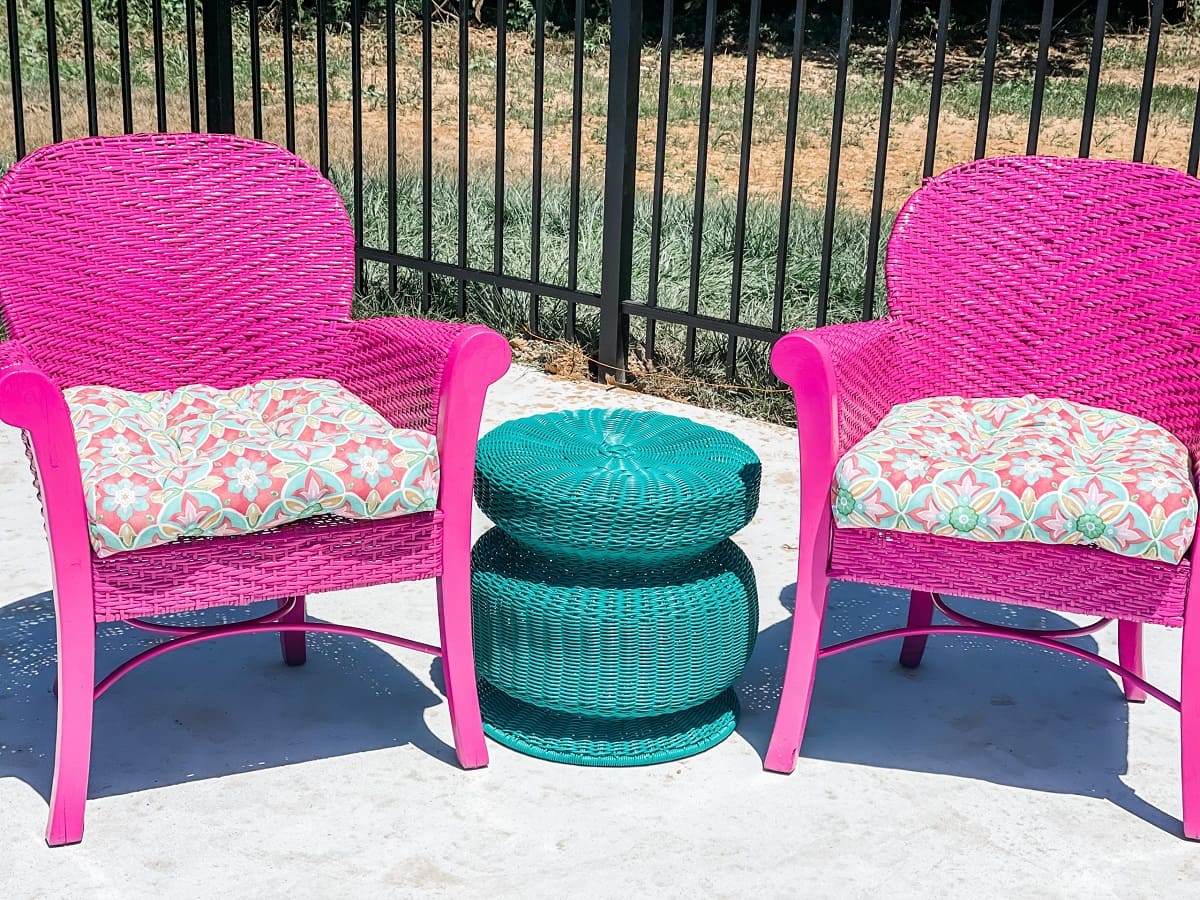
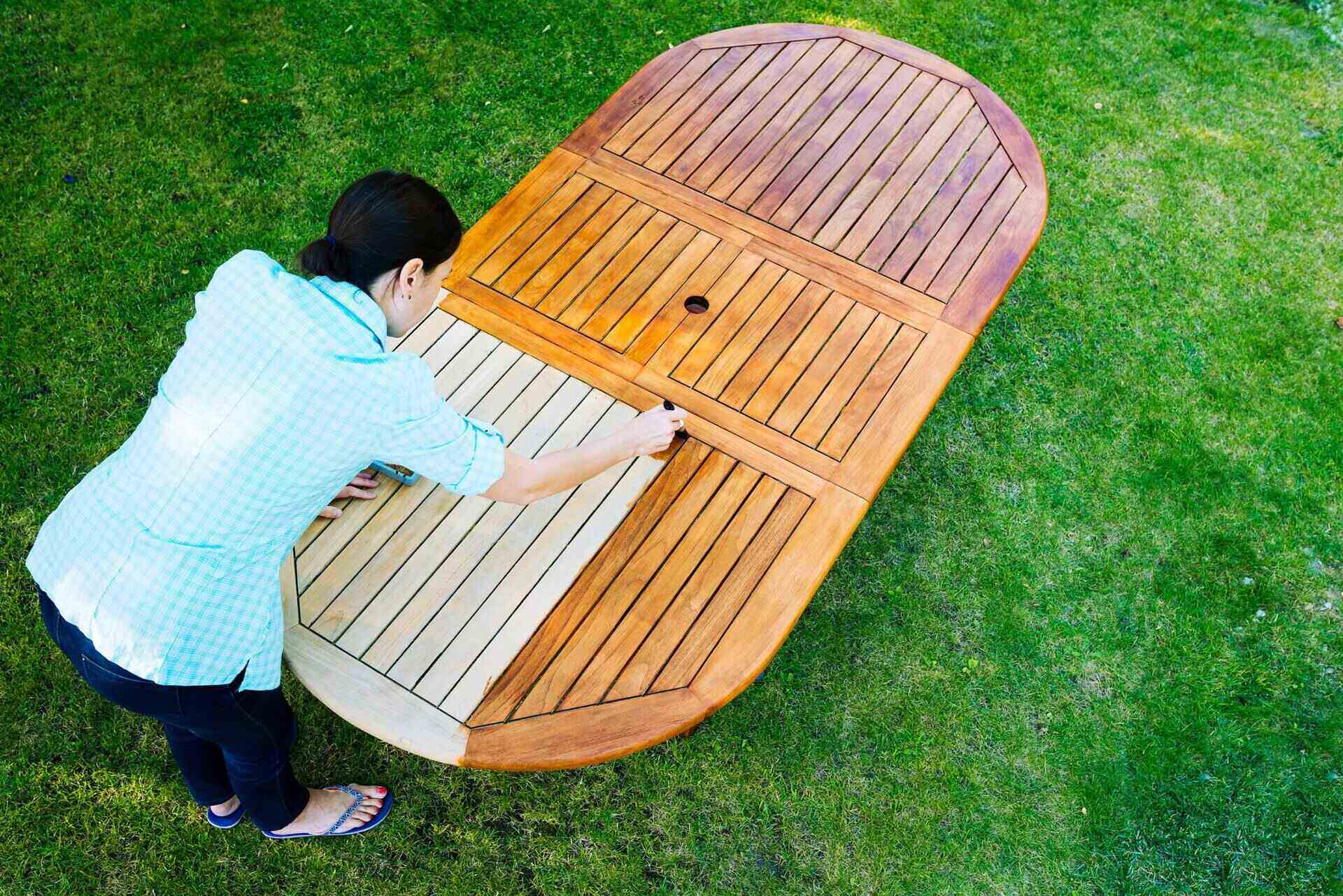
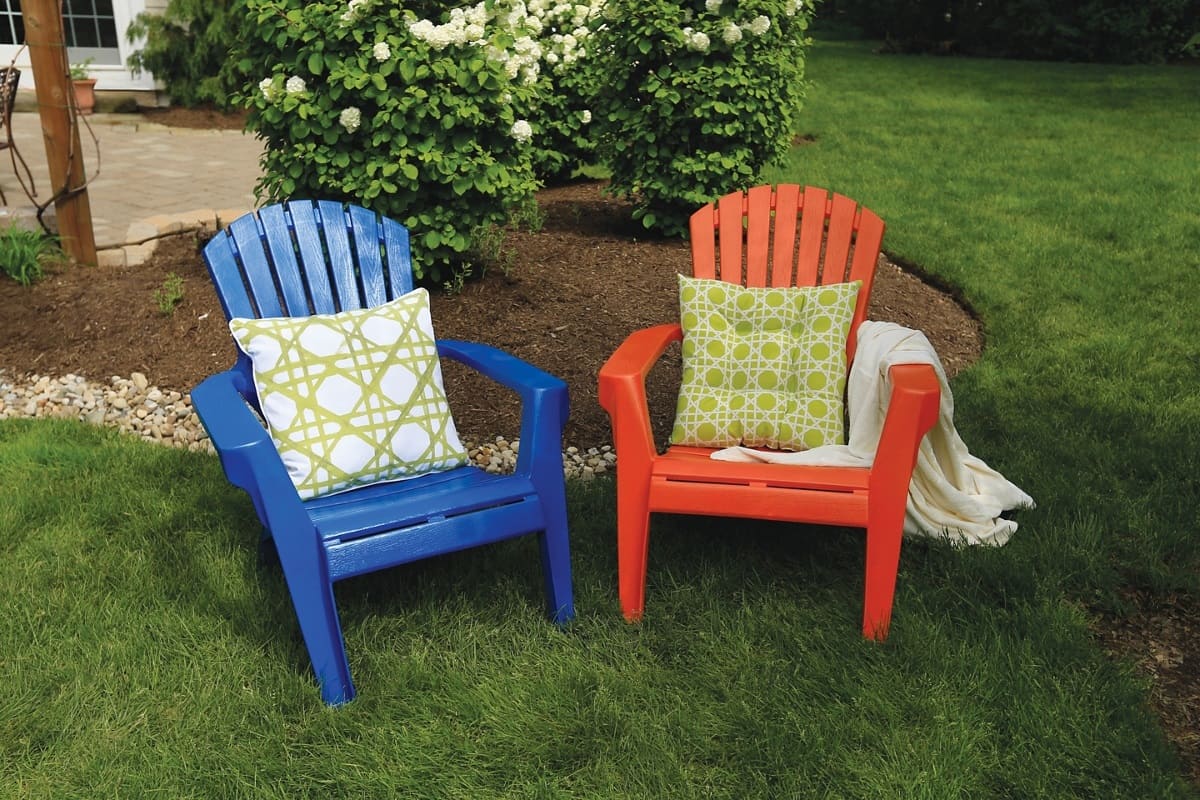
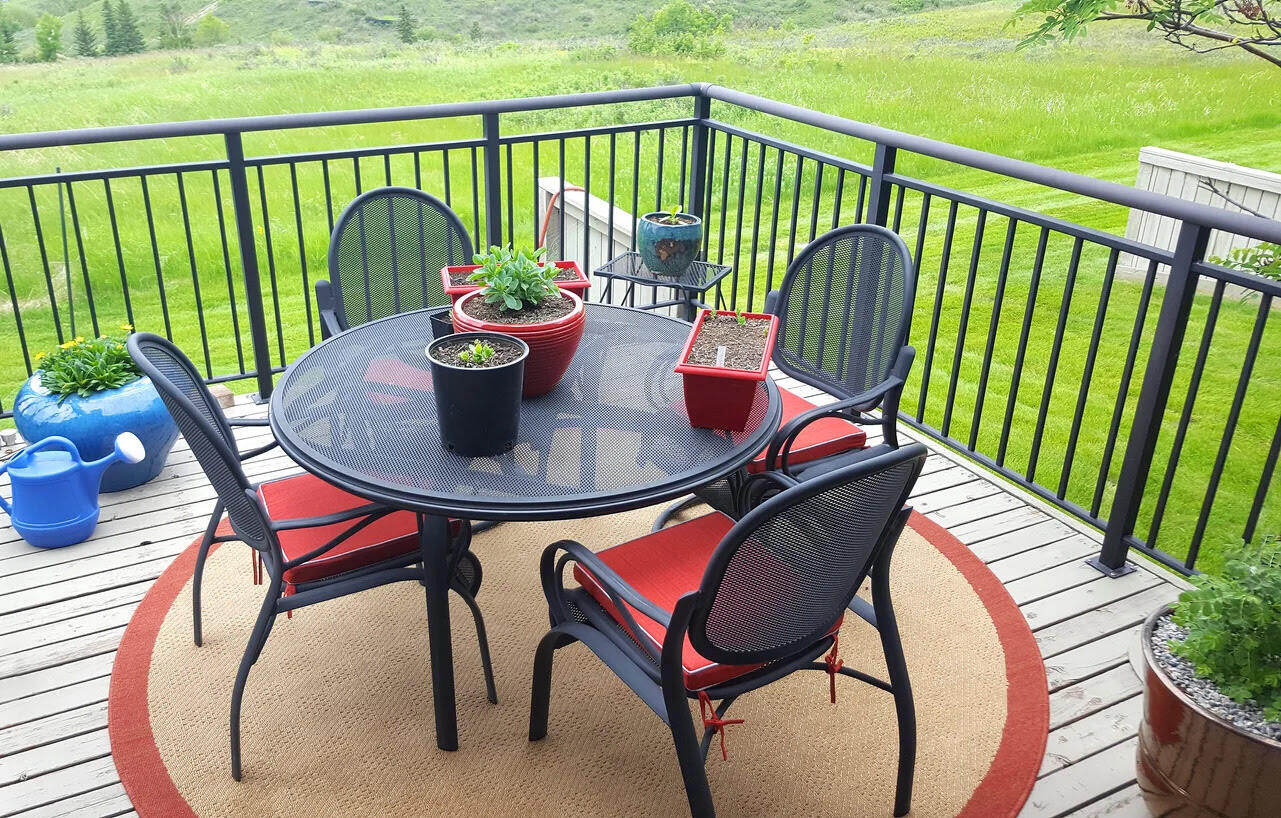
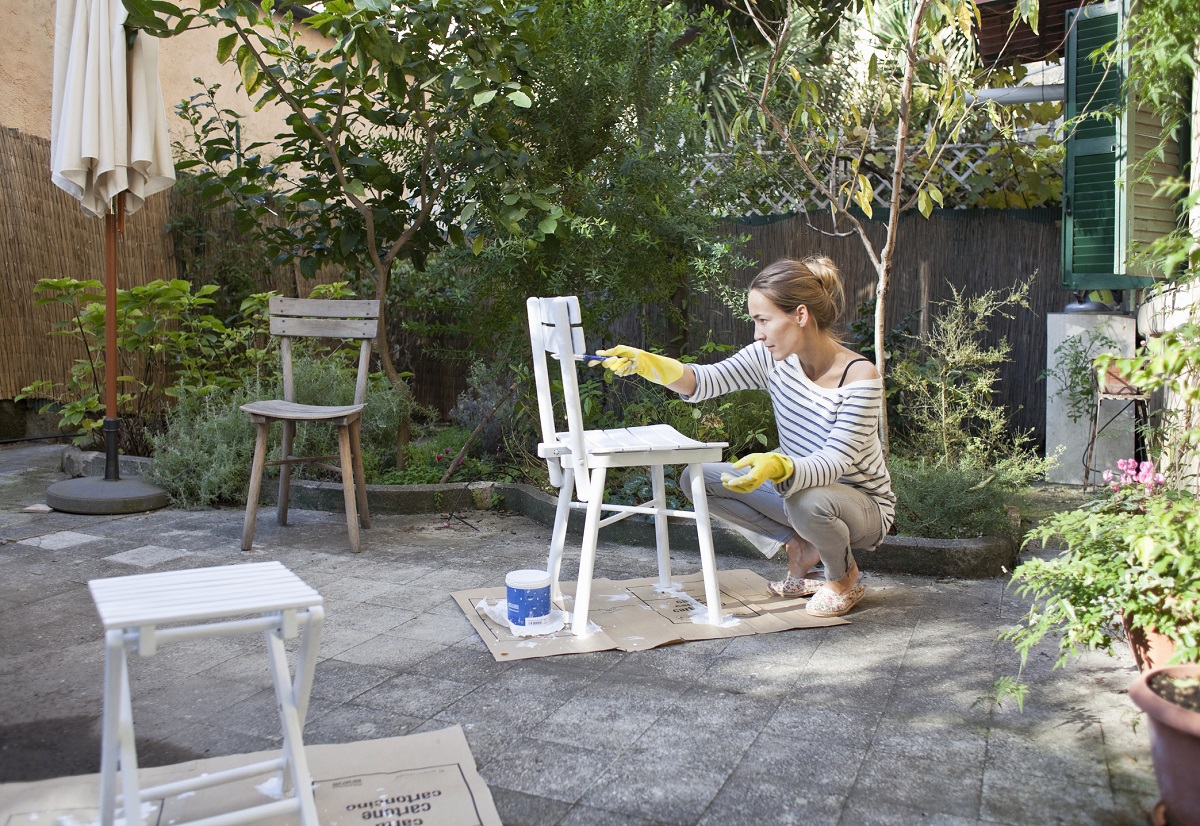
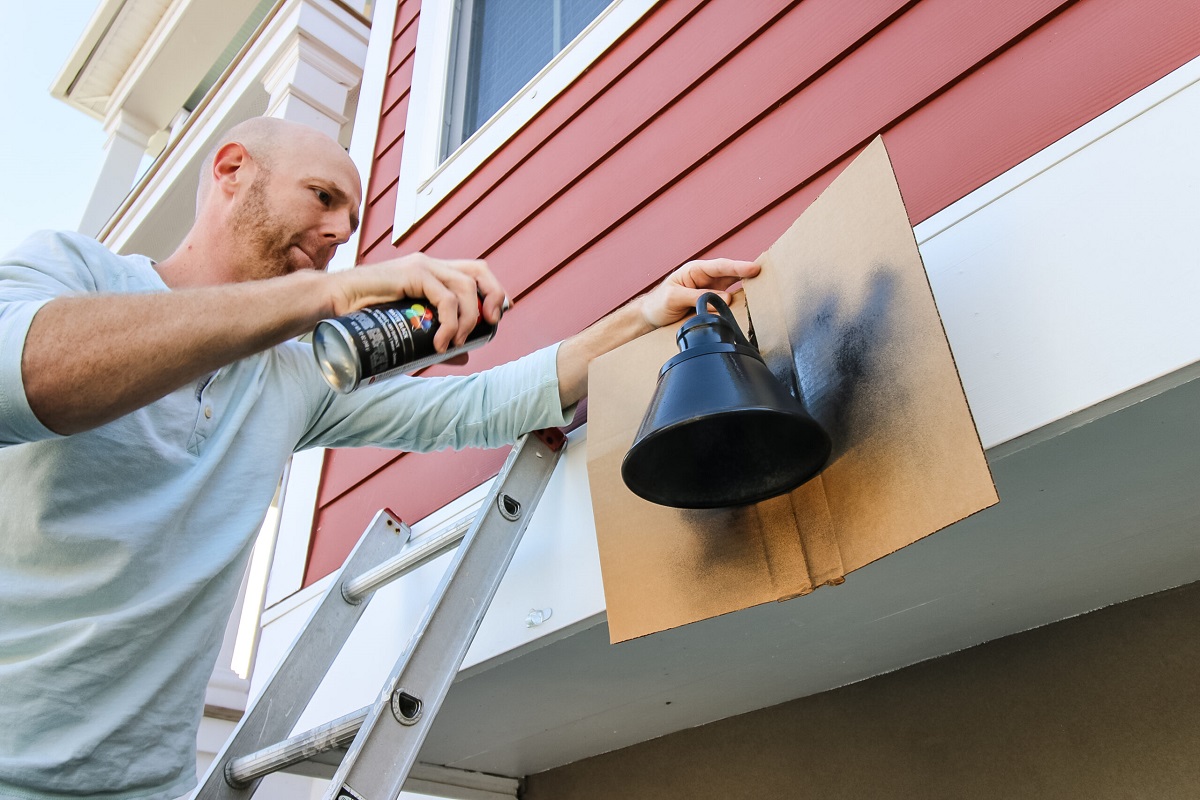

0 thoughts on “How To Paint Metal Outdoor Furniture”